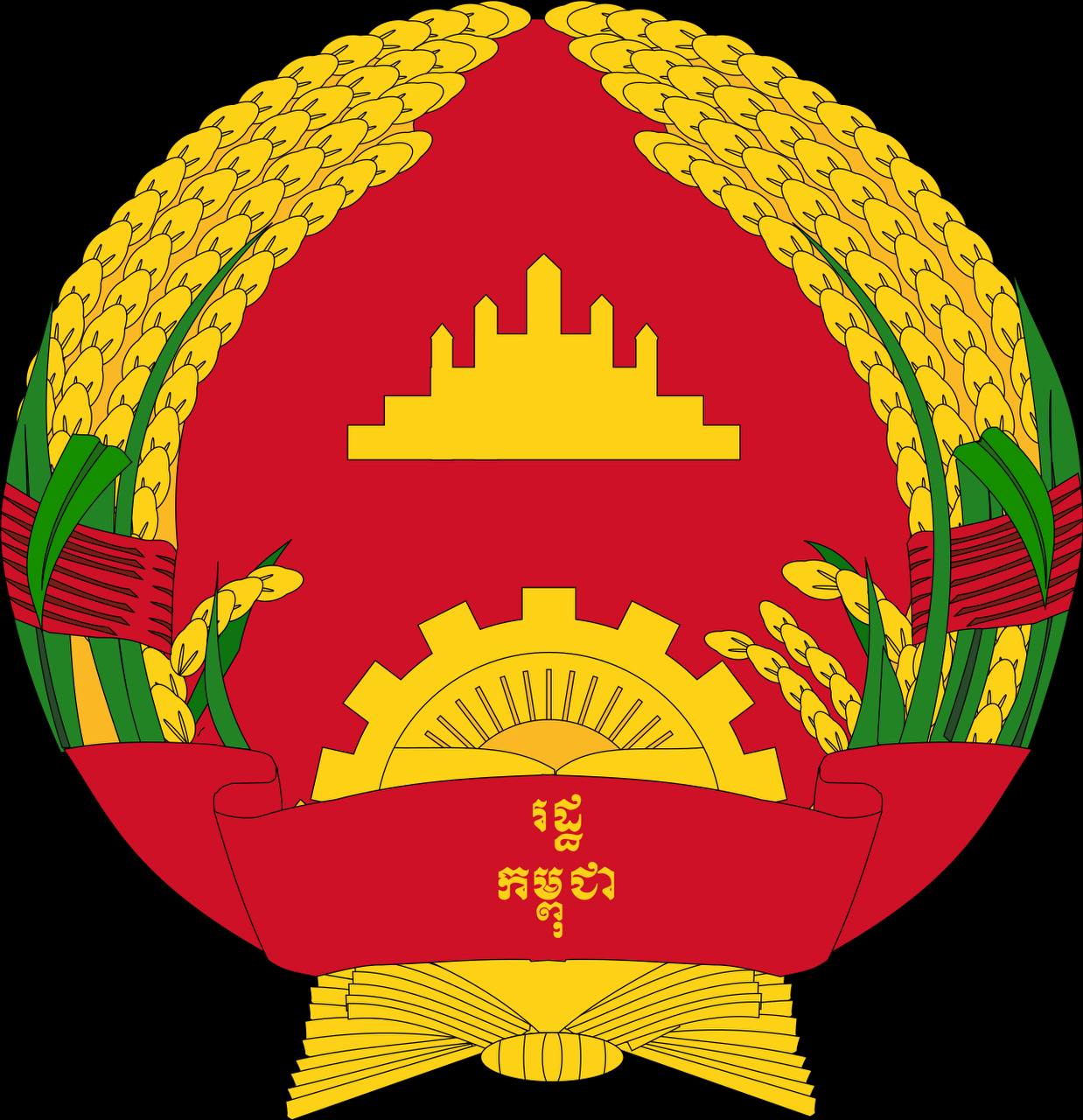Young Pioneer Tours have written extensively about the history of Cambodia, inclusive of Democratic Kampuchea to the Peoples Republic of Kampuchea and then back to the Kingdom of Cambodia. What many people do not realise though is that the country was very briefly known as the State of Cambodia.
What’s in a name? Cambodia in the 20th century
In the 20th century Cambodia went from being a French colony to a Japanese one, back to the French before again becoming the Kingdom of Cambodia following independence.
This led to a brief resurgence of the nation under King Sihanouk, reportedly the “best friend” of Kim Il-Sung. Alas in these Cold War times this was not to be tolerated and he was eventually overthrown and the Khmer Republic was formed.
The latter, under the Khmer Rouge, ushered in Pol Pot and the killing fields, although briefly at least it was still a Kingdom, although a communist one at that.
Following liberation by the Vietnamese, the majority of the country became the People’s Republic of Kampuchea, while a rump state led by the Khmer Rouge also existed (more on that later).
As part of the peace process that would eventually lead to the 1993 elections, the one-party state slowly started to transition into the Cambodia that we know today.
Forming the State of Cambodia
In 1989 the People’s Republic of Kampuchea changed into the State of Cambodia, while the ruling Kampuchean People’s Revolutionary Party (KPRP) under Premier Hun Sen changed into the Cambodian People’s Party (CPP), who are still in power today.
The state in many ways changed only slightly, with it initially retaining the one-party system, as well as a partly Marxist-Leninist outlook, although some economic reforms were put in place, with the country already moving to a market economy.

And why the State of Cambodia?
It was called this and formed for many reasons, with part of it being a compromise towards the forces it had been fighting in civil war, including the Khmer Rouge, but also by changing from a republic to the “State of Cambodia” enough ambiguity was left to lead a potential opening for the return of King Sihanouk.
This was all largely achieved by 1993 when Sihanouk returned as head of state, the country was briefly run by the United Nations (UNTAC) and the 1994 elections were held semi-successfully.
During its time the State of Cambodia was recognised by the Eastern Bloc, as well as other socialist states.
The end of the State of Cambodia
With elections and peace, the Kingdom of Cambodia was reformed and, despite some controversy, so was a market based form of democracy too. Notwithstanding the Khmer Rouge and Pol Pot, who went and formed the last Khmer Rouge state, which existed around the Anlong Veng area.
Things since have been a mixed bag of tricks, with some questions over just how democratic the country is nowadays, but one cannot say this hasn’t been the longest period of peace the country has had for decades.
Just how pivotal a role the State of Cambodia played is up for debate, with few in Cambodia now remembering it. But without it perhaps the nation would not be where it is today.





